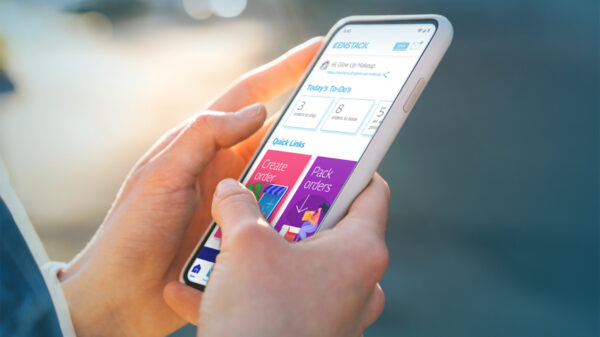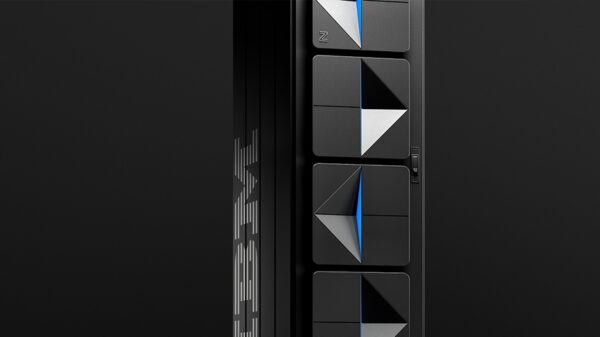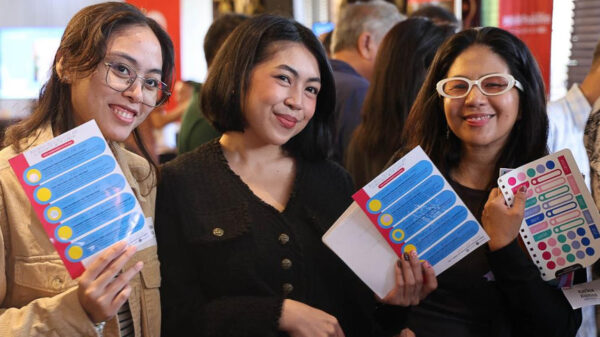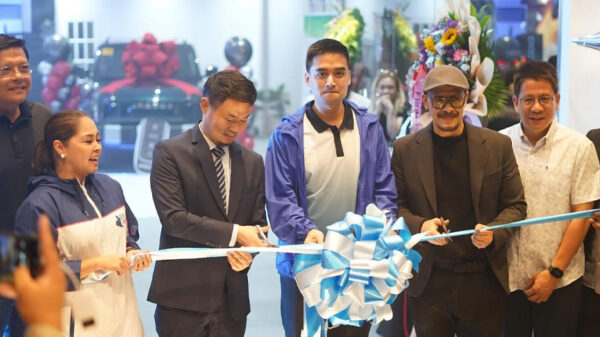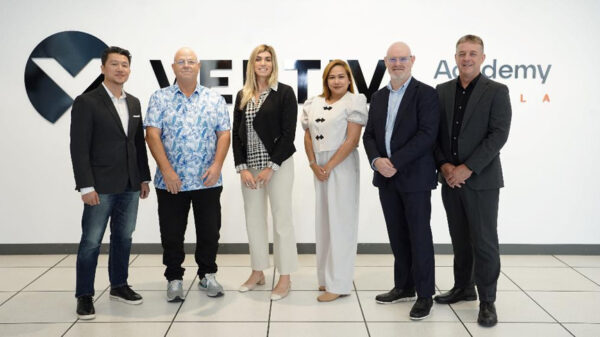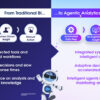Driven by the disruption brought about by the pandemic, the transformation of workforce and workplace accelerated, enabling hybrid working model, a combination of onsite and remote work, to likely emerge as the future of work. With remote workforce becoming a reality for more firms, hybrid work has introduced new work styles and requirements that will impact how business leaders approach workplace design and investment over the long term.
An EY Work Reimagined Employer Survey showed that 84% of companies in the region plan to make moderate to extensive hybrid work changes and are actively promoting hybrid work to attract and retain talent. The study also disclosed employees’ preference for flexibility in where and when they work, with many stating hybrid work will help increase productivity and creativity.
“Hybrid work is now a norm. In fact, it’s reported that hybrid is the preferred working arrangement in Southeast Asia, alongside work anywhere and work remotely full-time. These have introduced a set of considerations and challenges that may be relatively new to many business leaders. Which is why a good understanding of workplace personas is crucial to help business leaders make informed decisions when they map out hybrid work strategies, as well as technology and workspace investments to ensure they match the dynamic work styles of an increasingly distributed workforce,” said Samir Sayed, managing director for ASEAN and Korea at Poly, a unified communications (UC) solutions provider.
As more businesses are embracing hybrid work as the new normal, the demand for effective and efficient online collaboration solutions is also increasing. While investments of organizations in technology will focus on improving employees’ experience both remotely and on-site, employees, on the other hand, expect technology and tools to be easy to use to minimize disruption that may hamper productivity and collaboration.
For collaboration, video conferencing is now the norm with new models of videos for use in telemedicine, hybrid events, virtual property viewing and educational courses via videos. More and more businesses are adopting a no-compromise attitude to ensure the highest quality video solutions are used for high level productivity, resilience, and customer experience, resulting to increasing demand for this product. ReportLinkeris forecasts say the Asia-Pacific video conferencing market will grow at a CAGR of 17.8% within 2021-2027.
Platform-agnostic vendors enable office collaborators to use the same infrastructure in the conference room as from their home offices.
Meanwhile, Sayed enumerated top trends from Poly that will reshape hybrid work in the coming year. These include the following:
1. Productivity anywhere. Remote working has enabled employees to be productive anywhere, everywhere, and anytime. Hybrid work is no longer optional for new job roles as a third of job vacancies in 2020 involved work that could be done remotely. As such, hybrid work is now business-as-usual.
Technology will enable workplace equity and more effective collaboration and communications for team members not in the same room. Already, nine in 10 employers in APAC are prioritizing enhancing the employee experience over the next three years.
2. Greater use of A.I. and Data Analytics in the Workplace. Businesses will leverage more on AI and data analytics to enable a more objective view on employee productivity and activities, workplace design planning, as well as pre-emptive infrastructure management for a distributed workforce.
Data can be used to develop Workplace Personas that help employers make informed decisions on the types of technology investments needed, and to augment health and safety procedures in the office. Personas represent critical and actionable information about 100% of work styles on a typical enterprise.
3. Office spaces reimagined for a hybrid future. The nature of the office is changing – employers are adopting Office on Demand and Core-and-Flex models to balance effective uses of office space with a distributed workforce. In Singapore, central business district (CBD) office occupiers could reduce their footprint by 10% to 20% over the next three years.
Office spaces will become culture hub, with workspaces redesigned to facilitate collaboration, and to make the Return-To-Office something to look forward to.
Traditional workspaces geared to the individual and groups of workers are transforming to workspaces that are role-, activity-, and purpose-driven.

